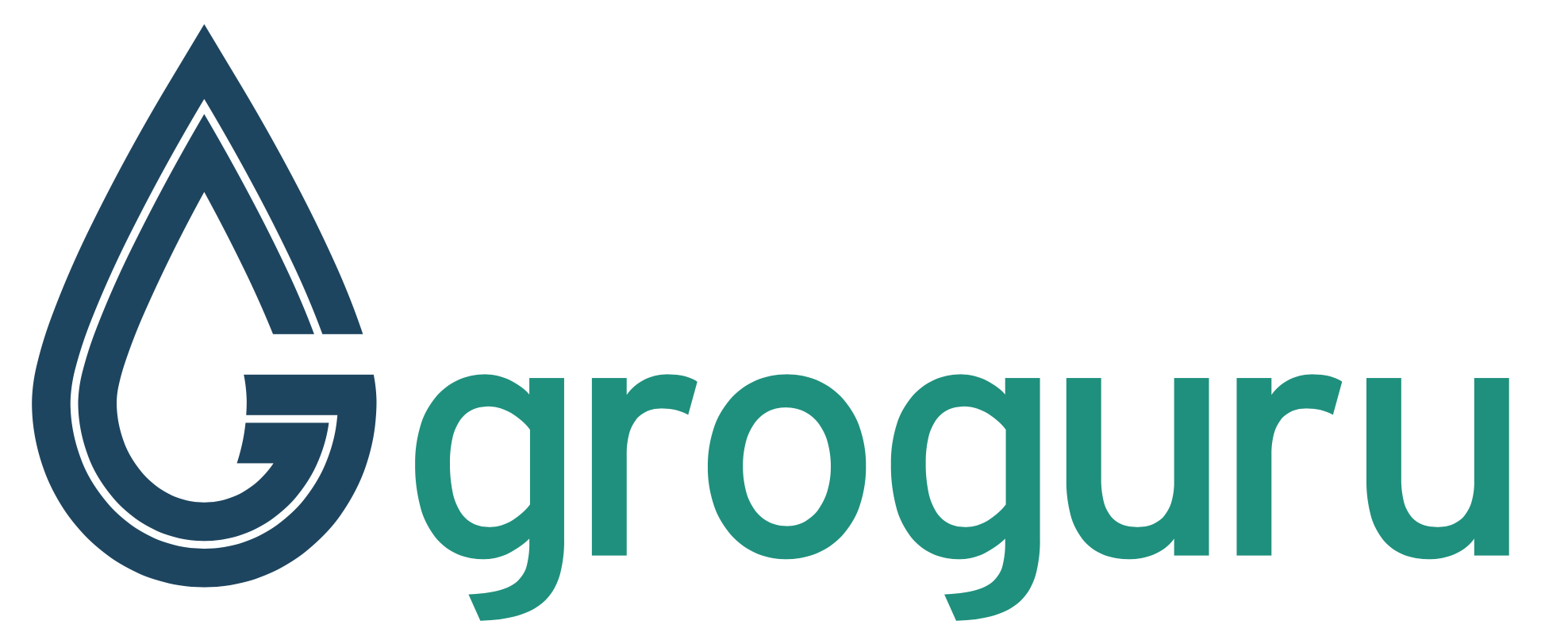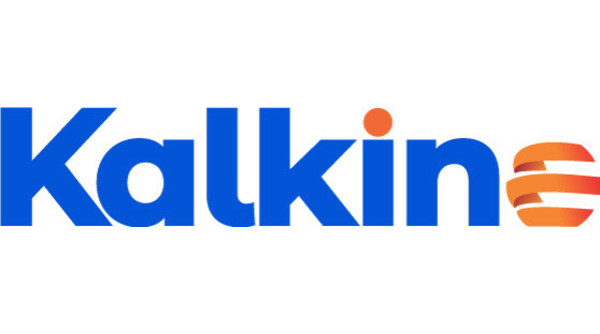Transcript:
James: Hello, I’m James Preston for Kalkine Media and welcome to another edition of Executive Corner Expert Talks. In this edition, I’ll be sitting down with Patrick Henry, the CEO of GroGuru, a company focused on assisting farmers through modern technology. Patrick, it’s great to have you here with us today.
Patrick: Thanks for having me on the show, James.
James: It’s an absolute pleasure. Patrick, take us through GroGuru. What exactly is it that your company does?
Patrick: GroGuru is all about strategic water management for commercial farmers. We help farmers make more money by increasing crop yield as well as more efficiently using water and other scarce resources like fertilizer and energy in a more efficient and sustainable way.
James: Patrick, there’s been a lot of discussion surrounding the concept of smart farms over the past few years. What does an ideal smart farm look like?
Patrick: What makes a farm “smart” is the adoption of digital technologies to improve efficiency. From a global standpoint, 70% of the world’s fresh water supply is used for agriculture irrigation. We need to increase the amount of food by 70% by 2050 just to keep pace with population growth. Clearly, the math doesn’t work. The only way to do that is to adopt technologies to make farmers more efficient.
James: We’ll touch on that population crisis in terms of food output in just a moment. I want to focus on the technology itself. When we think of farming technology, we often think of machinery. Cloud-based software and applications and artificial intelligence, those seem to be the things coming to the fore more recently. How much of those technologies are being used at present? Is there more scope to integrate them?
Patrick: Precision agriculture is still at an early phase of adoption. Farming on a global basis in the United States, it’s used more extensively. In Australia, it’s used more extensively as well because the water challenge is there. In Israel, there’s been a water challenge as well. As you see those things emerging in more and more geography, these technologies become more and more important. In the US market, as far as the technologies that we offer, there’s currently only about 10% to 15% market penetration. It’s still a big market in front of us.
James: Patrick, what are the kinds of technology that you offer?
Patrick: It’s all about making farmers more efficient with water with water monitoring and management. We have a hardware solution that goes in the ground next to the root zone of the crop. Then we pass the data up to the cloud where we add machine learning, artificial intelligence and other data sources like weather forecast, how much water is being applied, and what we expect from a rainfall standpoint. Then we make recommendations to farmers about when and how much to irrigate via a very simple, intuitive, farmer friendly user interface that they can access on their tablet, computer, or mobile device.
James: In terms of entry point, is this something that a lot of smaller farms could potentially get involved with or is it mainly for those much larger producers?
Patrick: It’s more for commercial farmers in what they call the permanent crop business, what they call the perennial crops, which is fruit and nut trees and vineyards. A typical minimum acreage is between 20 and 40 acres. In field crops like cotton, corn, and soybeans, the typical minimum acreage is about 100 acres. It’s not for small farms, but more for commercial farmers.
James: You were alluding earlier to population growth and trying to meet that growing demand. What should agricultural businesses focus on to maximize their output? Is it all about that water usage?
Patrick: There’s a combination of things. There is no silver bullet that’s going to solve the problem completely. There are issues with food waste, transportation, the microbiome, how you’re a good steward of the soil and fertilizers, and seeds. Then there’s irrigation management. We’re focused on one part of the overall problem. Farmers that use our solution get a 10% to 20% increase in crop yield, and at the same time, a 10% to 20% savings on input costs including water. Think about it as a 30% plus water efficiency with the ability to get more food at the same time as well.
James: Is it a demand that you think we can ever reasonably manage to achieve, that extra 70%, or are they pie-in-the-sky ideas?
Patrick: I never underestimate the ability of getting there with new technologies. If you look at the last hundred years, no one ever thought that we’d be able to feed the current population. There continues to be adaptation of new technologies, new seeds, new hybrids, new fertilizers, and crop rotations. I’m an optimist, so I think we will get there. Again, it’s not going to be a silver bullet. There is not going to be one thing that solves this problem. It’s going to be a combination of new technologies, processes, and approaches.
James: What are some key products that set GroGuru apart from your competitors?
Patrick: There are two main things. The first is hardware based. We’ve developed a proprietary and patented wireless underground technology. We call it the Wireless Underground System, or the WUGS. That enables us to permanently install soil moisture probes, even in annual field crops.
All of the competitive alternatives need to be annually installed and removed, which is very expensive, cumbersome, and difficult to do in scale. We offer about a 30% improvement in scalability based on that. The other thing that we’re doing is crop science in the cloud, or agronomy in the cloud, which is the application of machine learning and artificial intelligence. This is a combination of what we know about crop science and water management with algorithms that help farmers get better insights from the data that they’re getting out from the ground and the data in the cloud.
James: Obviously, technology is great, but something that technology needs is ongoing maintenance. Is that part of the product that you provide? Do you also look to take care of the people who have put that money into investing in what you do?
Patrick: The key is to have a virtually maintenance free solution. That’s what’s going to make it easy for farmers to use. Our hardware is rock solid and very robust. In the United States, there is excessive deployment of highspeed broadband 4G technology. There is very cost effective and reliable cloud-based computing from guys like Google, Amazon Web Services, and Microsoft. A lot of the reliability concerns that may have existed 5 or 10 years ago have now been resolved from an ecosystem standpoint. We also ensure the reliability by having a permanent install as opposed to something you have to annually install and remove.
James: Patrick, it’s been really interesting chatting with you today about GroGuru. What does the rest of 2022 have in store for the company?
Patrick: We’ve weathered the Covid storm, which was a challenge for us. A lot of our competitors went out of business. Some were acquired by other people in the marketspace. Others were competitors and larger companies. We’ve weathered the storm. We’ve used it as an opportunity to increase our market presence and footprint. Now we have over 100,000 acres under management. Our existing customers have one million deployable acres. Our existing dealer network has five million deployable acres. We doubled our subscriber base last year and we’re expecting to more than double again this year.
James: I’ll be keeping my fingers crossed for you. It sounds like you’re doing some great things in the agricultural space. Patrick, thanks so much for your time today.
Patrick: Thank you so much for having me on.
James: That’s Patrick Henry, the CEO of GroGuru. If you missed any part of that chat, you can catch the whole interview on Kalkine Media’s YouTube channel. Make sure to subscribe. I’m James reminding you to stay apprised and invest wise.

